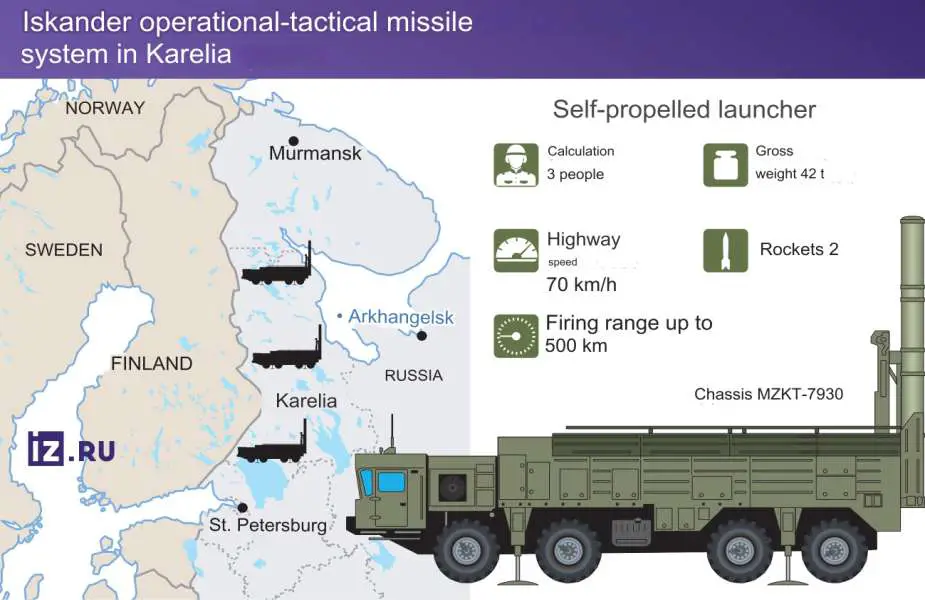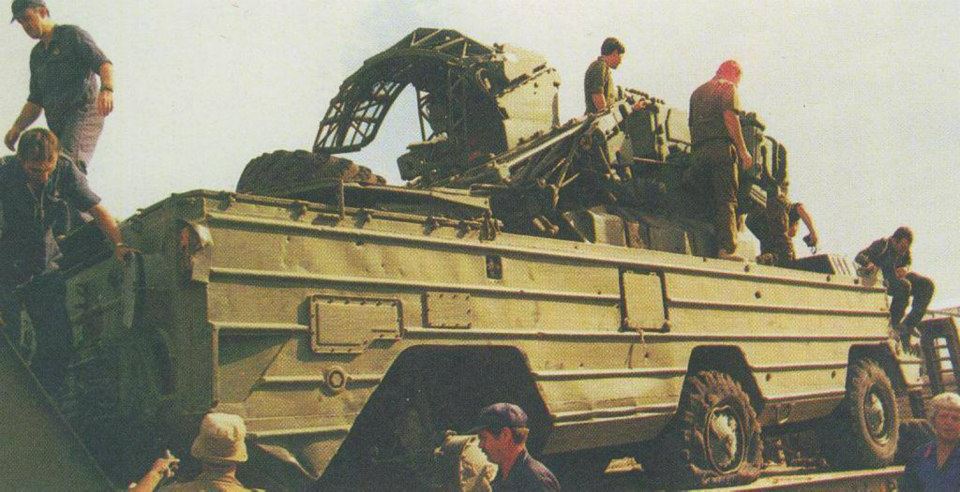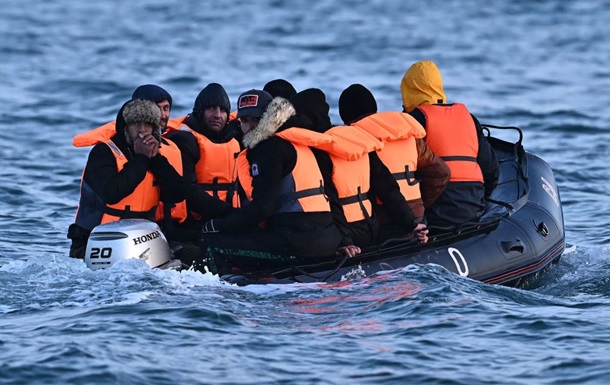According to the Russian newspaper "Izvestia", Minister of Defense of the Russian Federation Serhiy Shoigu announced the strengthening of the newly formed Leningrad Military District by introducing new formations. A separate missile brigade equipped with "Iskander-M" systems was created in Karelia. In addition, the 11th Army Corps from the Kaliningrad Region and the 14th Army Corps from the Murmansk Region were transferred to the district. Experts interpret these events as a strategic response to Finland's membership in NATO to strengthen Russia's northwestern borders.
Details
This development is taking place in the context of escalating tensions between Russia, Belarus and NATO members, in particular Finland and Poland. In response to Finland's official accession to NATO, Russia previously announced the supply of Iskander-M missile systems to Belarus, as reported by Army Recognition on April 11, 2023. The move is indeed a strategic global effort by Russia to strengthen its air defense capabilities along its western border in response to NATO's increased presence.
The Leningrad Military District is a unit of the Armed Forces of the Russian Federation. In 2010, it merged with the Moscow Military District, the Northern Fleet and the Baltic Fleet into the new Western Military District. In December 2022, Defense Minister Serhiy Shoigu proposed to restore it together with the Moscow Military District, a decision confirmed by Deputy Chief of the General Staff Yevgeny Burdynskyi in June 2023. On December 17, 2023, Vladimir Putin announced his intention to restore the Leningrad Military District in response to Finland joining NATO. On February 26, 2024, the district was officially recreated by presidential decree.
The key component of this military reinforcement is the Iskander operational-tactical missile complex deployed in Karelia. This system, which is also used in other regions such as Murmansk and Arkhangelsk, includes a self-propelled launcher that can travel at speeds of up to 70 km/h on roads. It is equipped with MZKT-7930 chassis and can carry two missiles. The firing range of these missiles can reach up to 500 km, and the total weight of the entire system is 42 tons. The operational group of each launch unit consists of three people, which allows for quick and efficient mobilization in various operational scenarios.
The 9K720 Iskander (NATO reporting name: SS-26 Stone) is a short-range mobile ballistic missile system developed and deployed by the Russian military. It reaches a terminal hypersonic speed of 2100–2600 m/s (Mach 6–7) and can reach an altitude of 50 km, covering distances of up to 500 km. This missile system was developed to replace the OTR-21 "Tochka" systems in the Russian army.

The battery includes various vehicles necessary for the operation of the battery, including 4 units of 9P78-1 (transport and assembly launchers), 4 chargers 9T250-1 and 2 control machines 9C552.
The Iskander can be equipped with a variety of conventional warheads, including cluster munitions, high-explosive fuel-air high-explosive warheads, high-explosive fragmentation warheads, bunker-penetrating devices, electromagnetic pulse devices for anti-radar missions, and nuclear warheads. As of September 2017, the Iskander was reported to have access to at least seven types of missiles, including cruise missiles.
The Iskander-M system uses two solid-fuel single-stage guided missiles of the 9M723K1 model. These missiles are fully guided along the entire flight path and are equipped with non-separable warheads. The mobility of the launch platform makes interception difficult.
Targets can be identified using satellite images, aircraft, conventional intelligence centers, artillery spotters, or scanned aerial photographs. During the flight, missiles can be redirected to hit moving targets. A distinctive feature of "Iskander-M" is a warhead with optical guidance, which can also be controlled using an encrypted radio transmission, including from AVACS or UAVs. The missile's on-board computer receives an image of the target, aims at the target using the sight and descends to it at supersonic speed.
The missile's thrust vector control (TVC) during the acceleration phase is achieved using graphite vanes in a layout similar to the V-2 and Scud series tactical ballistic missiles. It is assumed that the missile follows a quasi-ballistic trajectory, performs evasive maneuvers in the final phase of flight and deploys decoys to penetrate missile defense systems. The missile remains in the atmosphere, maintaining a relatively flat trajectory, while being steered throughout flight using gas-dynamic and aerodynamic control surfaces, including small fins designed to minimize radar detection.
In 2007, a new missile of the system was tested - the R-500 cruise missile, the range of which reached 2000 km and more. In the case of nuclear weapons, the power of the warhead is estimated in the range from 5 to 50 kilotons of TNT (21-209 TJ).


 1021
1021












